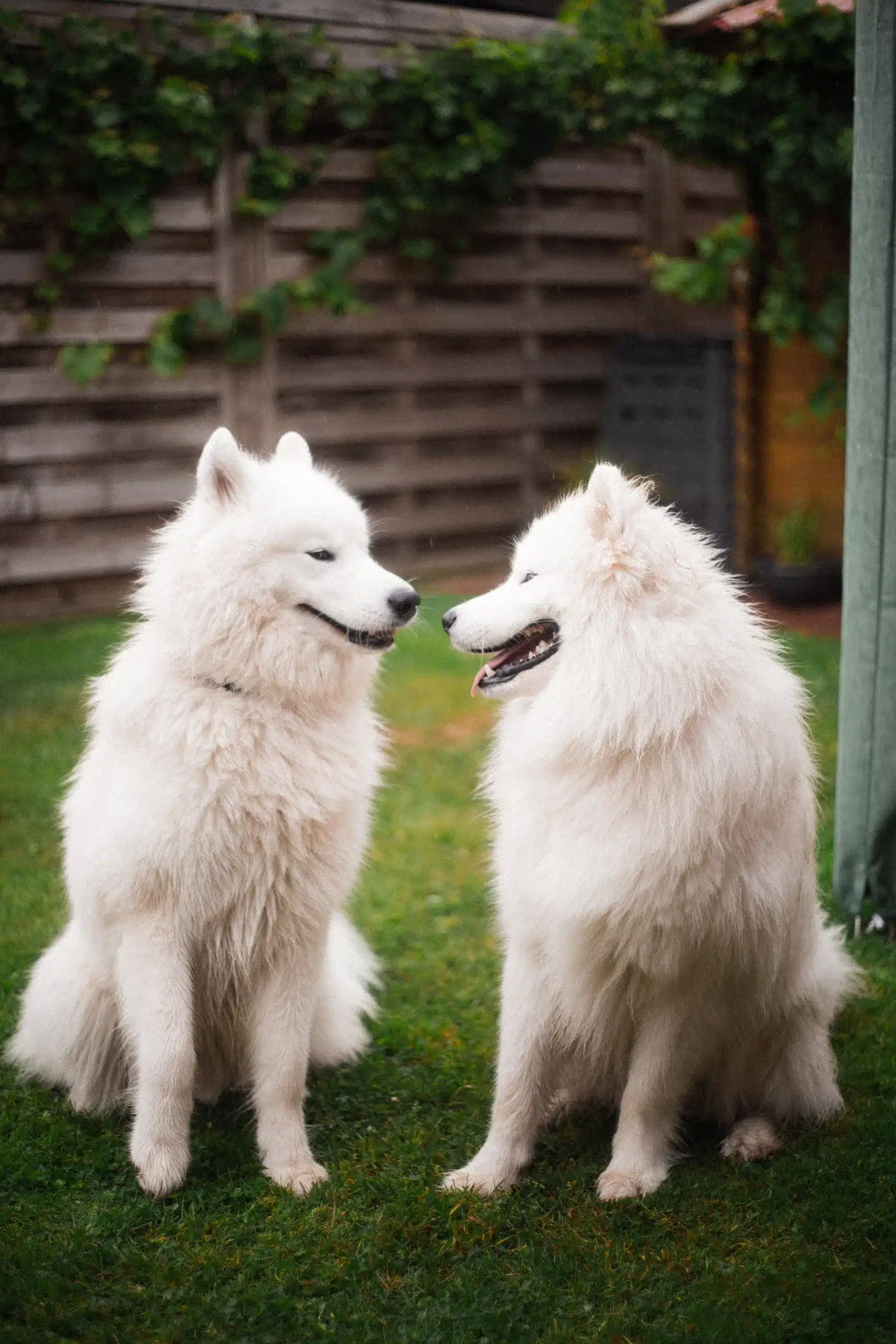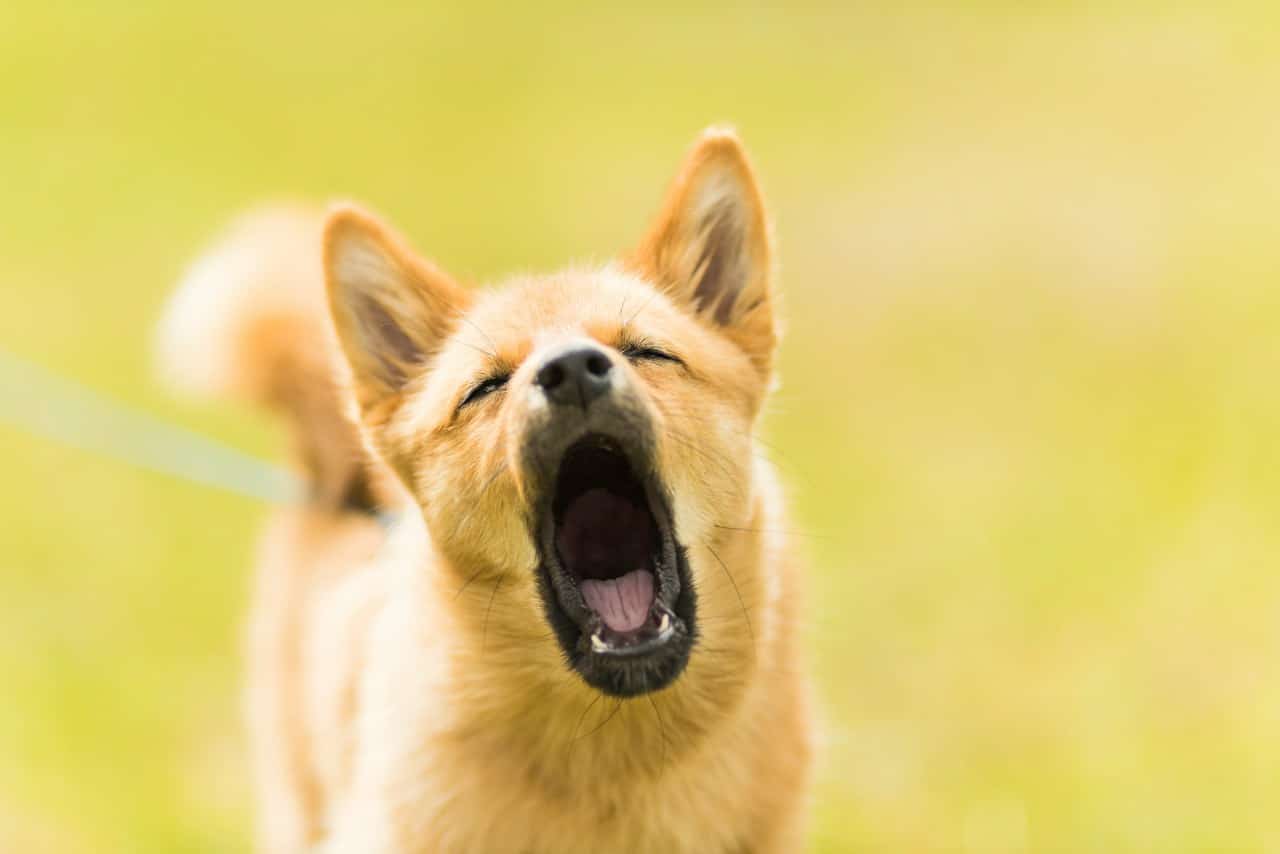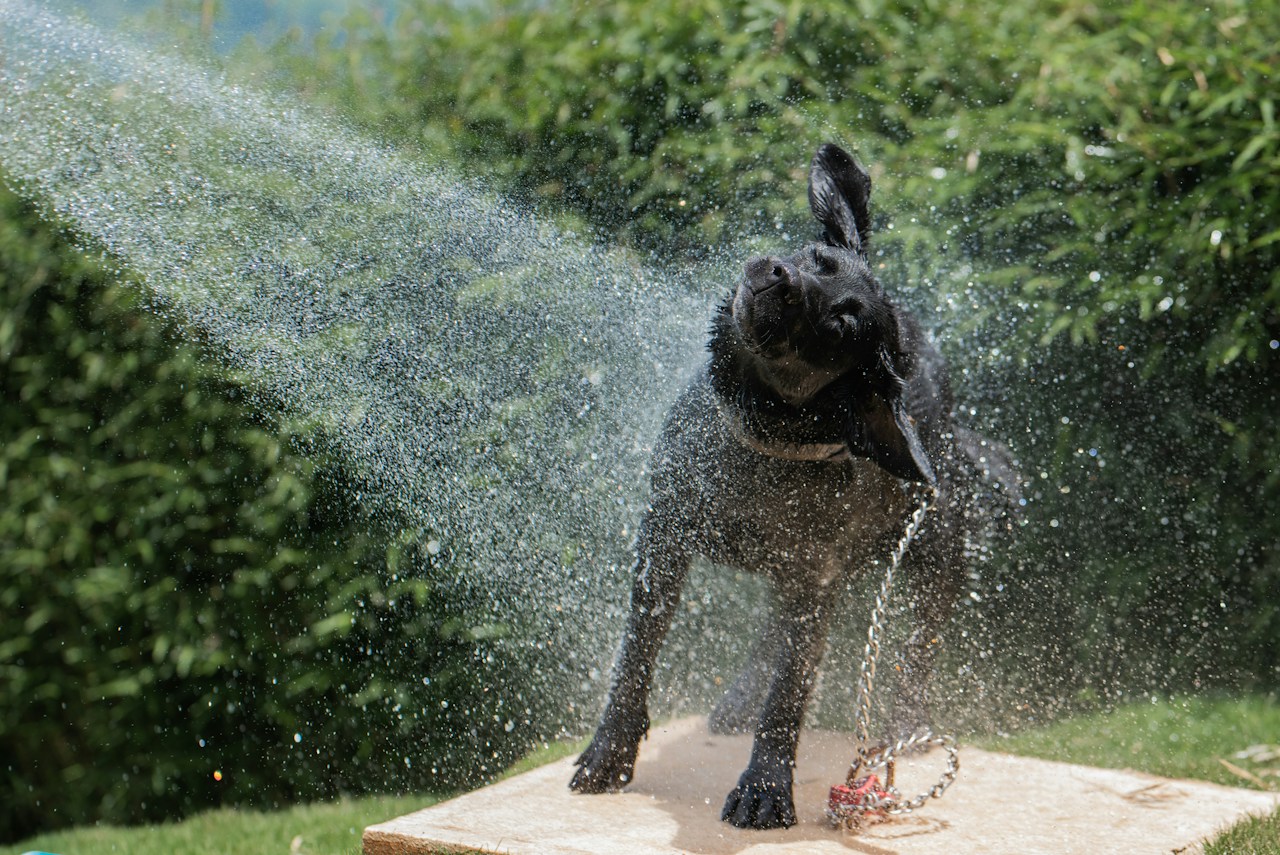he Samoyed is one of the most popular Russian dog breeds in the world. Its white, spongy and dense coat is very popular with dog lovers. In addition, this dog shows a very special and sociable character, perfect for active families and with children or adolescents.
If you are thinking of adopting a Samoyed or if you already have one, in this card you can find out a lot about the characteristics of this splendid specimen. Later you can learn everything about the Samoyed dog :
Origins of the Samoyed
The human tribes of Samoyed inhabited the territory between the north-east of Siberia and Central Asia. These nomadic peoples depended on their dogs to lead the herd of reindeer and assist them, protect themselves from predators and hunt. They also slept together with their beloved dogs to keep warm.
The dogs of the southernmost regions were black, white and brown, and had a more independent temperament. The dogs of the northern regions had very white hair and were more docile. These dogs charmed the British explorer Ernest Kilburn-Scott during his explorations of the Arctic in 1889. Upon his return to England, Kilburn-Scott brought with him a brown-colored Samoyed puppy as a gift to his wife called “Sabarka”. He later imported a cream colored female named “Whitey Petchora” from the western side of the Urals, and a snow white male named “Musti” from Siberia.
From here on, other explorers and even the Kilburn-Scott family took it upon themselves to bring more specimens of this dog to Europe , which later became the ancestors of the present Samoyed. They used these first dogs as the basis for creating a new European breed. Thanks to some personalities who fell in love with this beautiful white-coated dog, the Samoyed spread throughout Europe and many explorers used it when exploring the Arctic region, thus increasing its fame.
This breed was also used in explorations of the other hemisphere of the planet: it is said that the dog at the command of Roald Amundsen’s expedition to the South Pole was a Samoyed named Etath. This dog was the first in the world to have been to the South Pole, even shortly before the man who was driving it.
Later this breed spread to all continents thanks to its beauty and good character. Today the Samoyed is a very well known and appreciated domestic dog.
Physical characteristics of the Samoyed
The Samoyed is a medium sized dog with an elegant, strong, tough and graceful appearance . He has a characteristic expression that gives him an always smiling air. The head of this dog is powerful, cone-shaped and is very proportionate to the body.
Nasal frontal depression (occiput at stop) is well defined but not too pronounced. The nose is black but may partially lose its pigment in certain seasons of the year, in what is known as the “winter nose”. The eyes are almond-shaped, oblique and dark brown in color. The ears are straight, small, triangular, thick and rounded at the tip.
The body is slightly longer than tall, but it is compact and agile. The chest is broad, deep and broad, while the belly is slightly retracted. The tail is set high and at rest reaches the hock. When the dog is active, the door is folded on its back or side.
The mantle consists of two layers . The inner layer is straight, dense, rough and thick. The outer layer has a short, soft and dense coat. Although the dogs of the nomadic tribes of yore were of different colors, the modern Samoyed is pure white, cream or biscuit white.
Character of the Samoyed
The FCI defines the Samoyed as a friendly, lively and alert dog . Although its origin may lead us to think that it is a dog predisposed to hunting, it is proven that its instinct to hunt is very slight. He is a sociable dog, who has no problems relating to children or other animals, as long as we dedicate efforts to his education to socialize.
Taking care of the Samoyed
The Samoyed’s coat must be combed at least three times a week to avoid knots and eliminate impurities. It is essential if we want it to remain clean and healthy. In periods of moulting it is necessary to comb it every day. We can also wash it every month or two , when we see that it is necessary.
Given her need for moderate exercise, it is recommended to take between two or three daily walks . It is also recommended to do some activities two or three times a week. The dog-loving sports such as sheepdog for sheepdogs, canine freestyle and agility are excellent options to practice with a Samoyed. This breed adapts well to country life as well as city life. If given enough exercise and walks, it adapts to any habitat.
Given his intelligence, it is essential to stimulate the Samoyed dog with exercises dedicated to stimulating his mind . An example of an olfactory and relationship exercise could be that of searching , but we can also buy objects that distribute kibble and / or intelligence games that we can find on the market.
Nutrition must always be adapted to the dog’s lifestyle. If the dog is exercising regularly, it will be important to keep this in mind in order to adapt his diet and thus offer him the necessary kilocalories. We recommend to always give him quality food and in accordance with his needs.
Education of the Samoyed
The ranking of the most intelligent dogs Stanley Coren reports as the Samoyed dog with intelligence above the average . It is definitely not a breed with learning difficulties, as long as its development as a puppy was positive and appropriate, based on the well-being of the animal.
To ensure a balanced and sociable dog, we must keep in mind that the socialization of the puppy is fundamental . Relying on positive reinforcement training will allow us to achieve the best results and the best human-dog relationship. When he is older, however, we will introduce him to the basic commands , essential for good communication with the dog and for his safety. Finally, remember not to leave the dog isolated or many hours alone because he could develop bad behavior and turn into a destructive dog.


